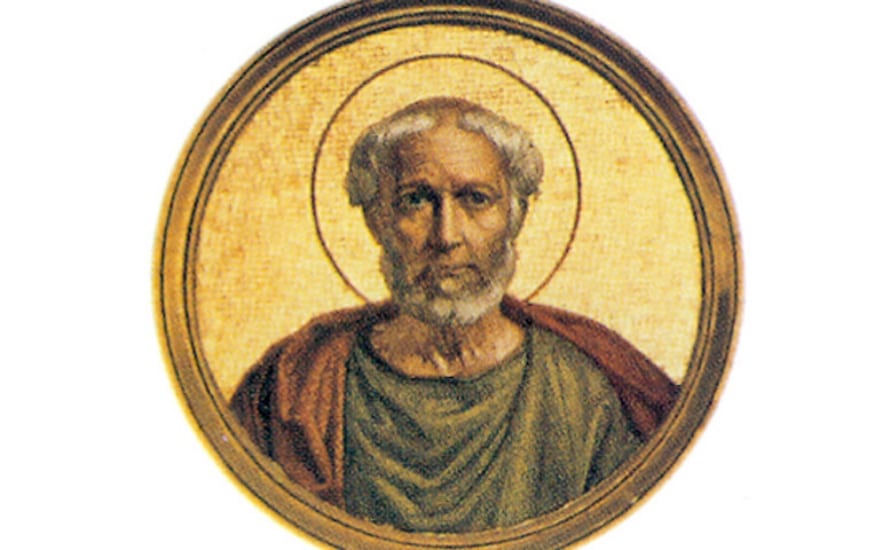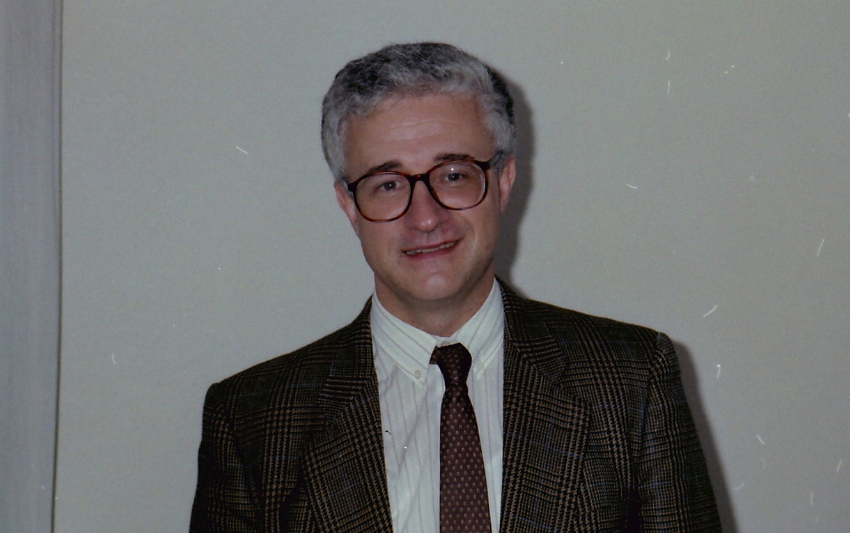St. Damasus I, the 37th pope of the Catholic Church
On the anniversary of his departure to the Father's house

Today, 11 December, the Church celebrates the feast of Pope Saint Damasus I, the priest Miguel Ángel Martín offers this article on the person and work of the 37th successor of Saint Peter.
***
Today we celebrate the dies natalis of Pope Saint Damasus I, on the anniversary of his departure to the house of the Father. In these brief lines, we will try to sketch a brief outline of the person and work of the 37th successor of Saint Peter, who guided the ship of the Church throughout the second half of the 4th century of the Christian era.
Pope Damaso was born in the Roman province of Lusitania, now Portugal, in 304 AD. When he was still very young, he moved with his family to the city of Rome, where he took up a priestly vocation, linked to the Church of San Lorenzo in Rome. He assumed the chair of Peter as Bishop of Rome on 1 October 366 and ruled the Church until his death on 11 December 384, the 18th longest papacy in the history of the Church.
Damasus lived and governed the Church in a convulsive time, marked by the transition from clandestinity to the status of a tolerated religion through Constantine’s Edict of Milan in 313 and its subsequent establishment as the official religion of the Empire by Emperor Theodosius in 380. On the religious plane, his time was no less convulsive, having to deal with great instability in the figure of the papacy, both in the time of his predecessor Liberius and during his pontificate. He devoted much of his work to resolving this situation, establishing and clarifying the position of the Papacy as the guide of the Church and seeking to establish a good relationship with the emperor’s entourage and Roman politics, as well as trying to smooth out the tense relations that were already flourishing with the Church and Eastern theology.
He also experienced numerous theological controversies with various Christian heresies, among which Arianism stood out strongly. During his papacy, the Council of Constantinople took place, where the theses proposed by the Council of Nicaea were finalized, and the Arian doctrine was condemned with the definition of the dual nature (human and divine) of Christ in the one person of Jesus of Nazareth, as expressed in the Creed that we still recite today in the Eucharist and which was promulgated in this council.
During his pontificate, in addition to the centralisation of the Papacy in the direction and guidance of the universal Church, numerous advances were made in different areas of the Christian faith: to him, we owe the institution of Latin as the official language of the Church, both in administration and in the liturgy, the definitive canon of Sacred Scripture and the translation of this into Latin using the Vulgate, entrusted to his advisor and secretary Saint Jerome, with whom he maintained a lengthy epistolary communication, which to a large extent is preserved to this day.
He also gave great impetus during his pontificate to the cult of the martyrs, both by promoting the development of a theology of martyrdom and by producing numerous epigraphic poems to adorn the tombs of the martyrs, thus facilitating their location and veneration, exploiting his gift for poetry. Despite his great intellectual work for the Church, Damaso also had a great interest in archaeology, to the point of being named Patron Saint of archaeologists.
Related

The Spirit led him through the desert, while he was tempted: Fr. Jorge Miró
Jorge Miró
09 March, 2025
3 min

Reflection by Monsignor Enrique Díaz: Temptations
Enrique Díaz
08 March, 2025
6 min

The Church in Mexico calls to promote the culture of life in the Jubilee of Hope 2025
Exaudi Staff
06 March, 2025
1 min

Javier García de Jalón: A life that left a mark
Mar Dorrio
06 March, 2025
3 min
 (EN)
(EN)
 (ES)
(ES)
 (IT)
(IT)

